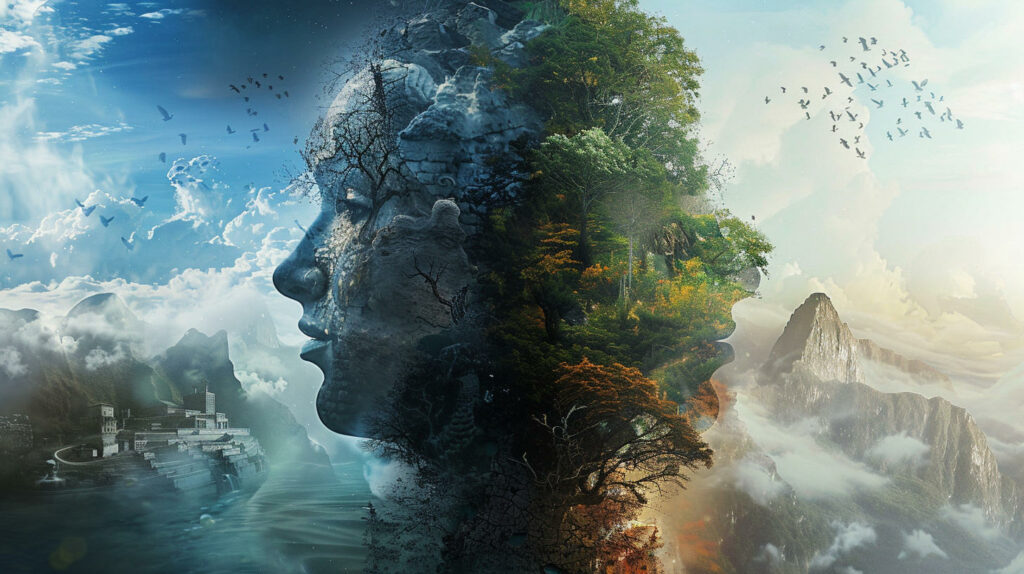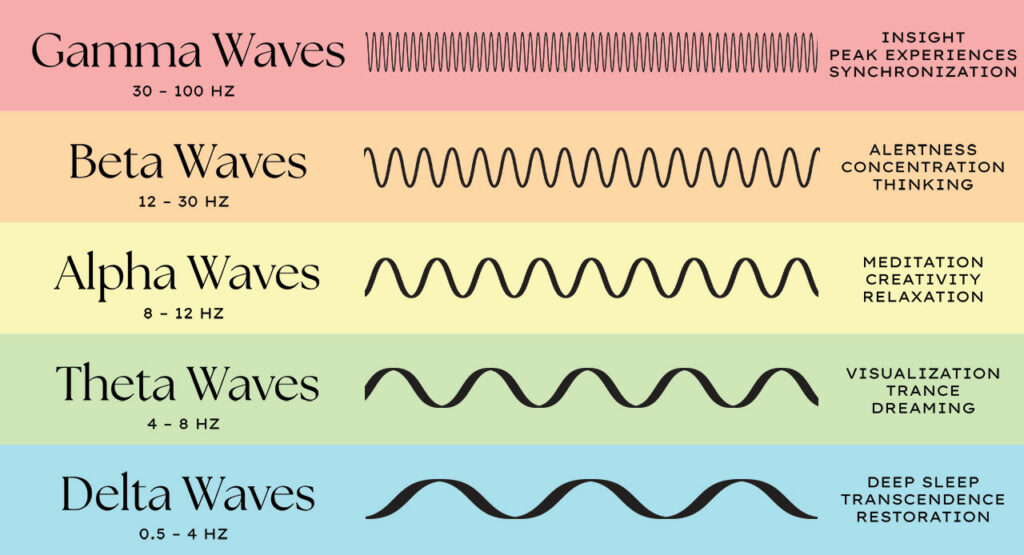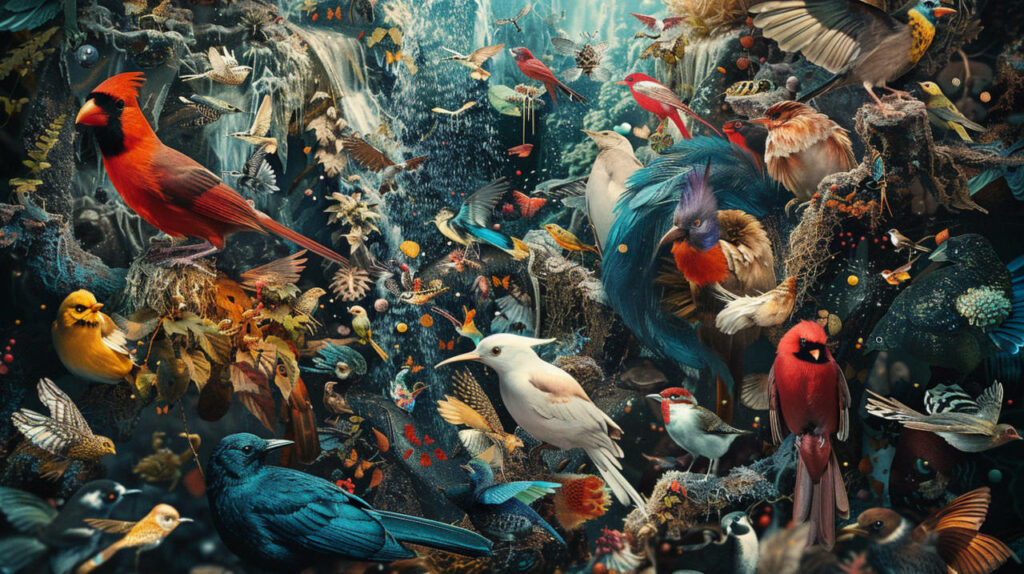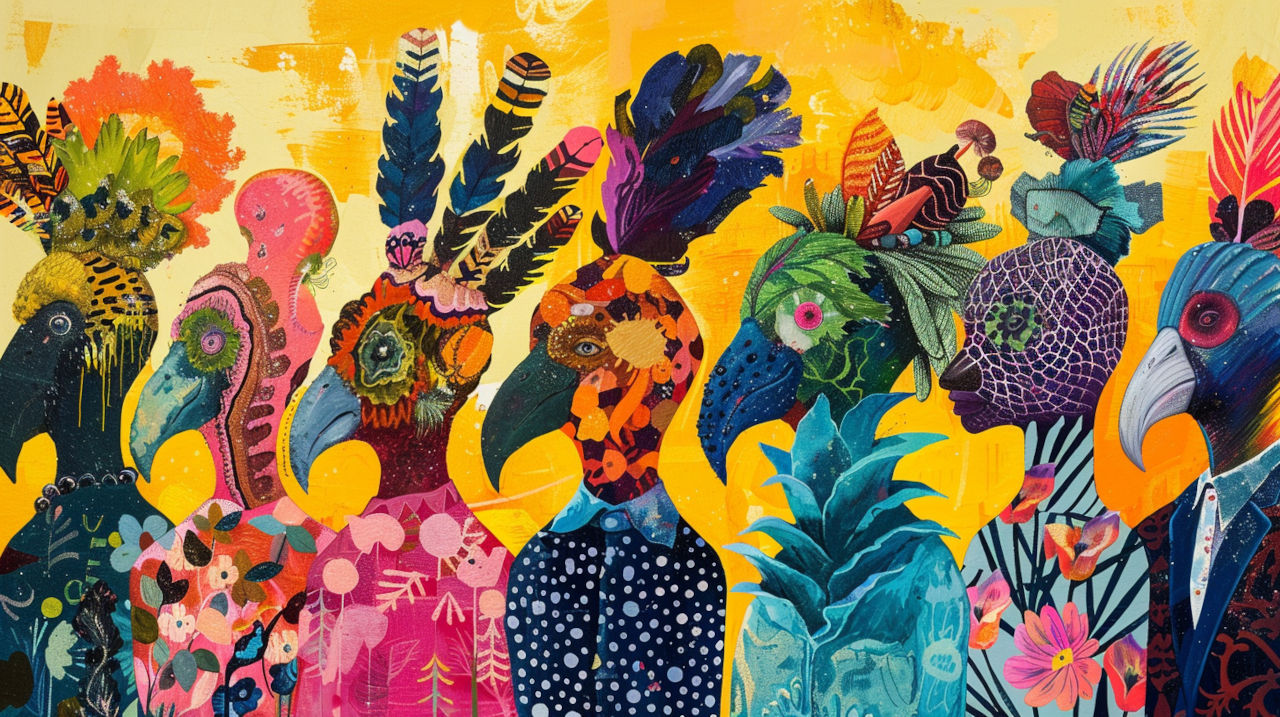I was first introduced to the fascinating concept of perceptual diversity by the American author Steve Kotler in the book Stealing Fire he wrote with Jamie Wheal.
Here’s how the describes the key perceptual differences between the Western materialist and monophasic way of perception vs the Indigenous animistic and polyphasic way of perception:
“We live in a monophasic society. But eastern and indigenous cultures were polyphasic.
21st century normal is tired, wired and stressed.
High beta waves EEG, low vagal tone and heart rate variability, more norepinephrine and cortisol than is always helpful.
Anthropologists call that “monophasic” consciousness––literally, one channel, and it’s killing us.
Most indigenous cultures were always “polyphasic” meaning that they comfortably moved between realms––waking, dreaming, trance, possession, prayer––and they drew information from a bunch of zones other than tight-assed executive functioning.
What’s more, the indigenes stretched their physiology along with their psychology.
They got really hot, really cold, really hungry, totally exhausted, and deprived of sleep. All the time.
If you think about it, the current boom in Wim Hof ice baths, infrared saunas, intensive breathwork, intermittent fasting, high intensity workouts and a host of other biohacks du jour are really just creative attempts to try to recreate some of the range and novelty that used to be par for the course. We’re literally trying to deconstruct our cocoons of consumer comfort so we can feel more and live better.”
The Western Mind/Body Perceptual Schism

What I found really interesting about what Steven Kotler said is the way our current form of education tends to separate itself from developing both physiology, psychology and ecology.
When budget cuts inevitably come around, in our public schools it is the creative arts, practical skills like cooking or repairing things, or gym classes and field trips to somewhere outside the city are reduced in favour of the core standardized curriculum of analytical reasoning and STEM (science, technology, engineering, mathematics).
In our daily lives, there is a deepening of the Western Mind/Body schism, which separates mind from body, resource extraction from community, and humans from nature today as people of all ages now spend much less time playing or exercising outdoors and a lot more time sedentary, often in a state of mindless scrolling or tapping on screens.
As the artificial intelligence of the social media algorithms get better at feeding our desires and fears, they loop us into filter bubbles that not only harvest our time but keep us in this highly stimulating monophasic consciousness that focuses our attention on money, status, competition, comparison and consumption.
This can easily lead to greater levels of addiction, cynicism and exhaustion, which can culminate in burnout. In many ways, the multimedia content we consume on digital screens is like entering a dream state where we can be programmed and influenced to consume and participate in the reductionist materialist way of perception.
Perhaps, as I believe Indigenous and polyphasic cultures would argue, we need to rediscover and reconnect with altered forms of consciousness that aren’t oriented toward willful determination but trance-based learning.
Trance-Based Learning And Collective Flow States

Perceptual diversity allows us to access knowledge through a variety of perceptual processes, rather than merely through normal waking reality where we are in the beta brainwave dominant state of analytical thinking and reasoning.
Here’s how we can use trance-based learning to recharge and reconnect by shifting out of the monophasic consciousness of beta brain waves into the wider consciousness of polyphasic perception experienced in alpha and theta brainwave states.
On a personal level, trance-based learning can involve learning self-hypnosis, visualization and mindfully walking in nature with no intention. It
On a collective level, it can involve developing a more relationship approach to life as indigenous cultures do in ceremonies where there is a specific intention shared by the group and then a process of drumming, chanting and singing to create state of group coherence or collective flow where everyone is simultaneously in slower theta brainwave frequency where they can more easily visualize and deeply believe in the intentional image.
On the ecosystem level, it can involve developing a greater sense of communion with the natural world. We can do this by slowing our breathing rhythm while we walk to quiet the constant chattering of the analytical mind and enter the dreamtime where we dream effortlessly with the Earth.
Is Polyphasic Consciousness Necessary for Global Survival?

American environmental and medical anthropologist Tara W. Lumpkin wrote a fascinating paper in the Anthropology of Consciousness journal that explores perceptual diversity and asks a rather profound question: is polyphasic consciousness necessary for global survival?
She argues that the Western world is creating a global monoculture by imposing its monophasic form of education, economics and culture on the developing world:
“From the perspective of an anthropologist who has worked with development organizations, development will continue to destroy perceptual diversity because it exports the dominant cognitive process of “developed” nations, i.e., monophasic consciousness. Destroying perceptual diversity, in turn, leads to the destruction of cultural diversity and biocomplexity.”
Sadly, the Western dominator culture’s institutions are driven by a strict emphasis on only monophasic consciousness as a form of gaining knowledge and truth. Despite the push for diversity and inclusion, there remains a deeply entrenched distrust of the trance and dream states, which are commonly used to gain knowledge and understanding of the self, community and natural world in polyphasic cultures.
As a result of this strict materialist monophasic reductionist that reflectively suppresses alternative polyphasic or indigenous ways of knowing we are experiencing a global collapse of three key forms of diversity:
1. Biodiversity (biocomplexity) in environments
2. Cultural diversity in societies and communities
3. Perceptual diversity in human cognitive processes
Lumpkin argues that all three losses of diversity (bio, cultural, and cognitive) are interrelated and this is a major threat our survival:
“Cultures that value perceptual diversity are more adaptable than cultures that do not. Perceptually diverse cultures are better able to understand whole systems (because they use a variety of perceptual processes to understand systems) than are cultures that rely only on the scientific method, which dissects systems. They also are better stewards of their environments, because they grasp the value of the whole of biodiversity (biocomplexity) through transrational as well as scientific processes. Understanding through perceptual diversity leads to a higher degree of adaptability and evolutionary competence.”
Currently, it is estimated that polyphasic Indigenous people stewart approximately 20% of the planet, but this relatively small share contains 80% of the world’s remaining biodiversity. By understanding their Indigenous worldview and how they connect with a different form of self, community and kinship with nature through polyphasic ways of knowing I believe we can better co-create an ecologically sustainable civilization.
Perhaps by recognizing the limits of our perceptual monoculture, we can learn from the polyphasic consciousness of indigenous people and reverse the collapse of modern civilization before it’s too late.
- 10 Best Peru Hiking Tours And Multi-Day Treks In The Andes - April 19, 2025
- 10 Best Banff Hiking Tours In The Canadian Rockies - April 19, 2025
- 10 Best Vancouver Hiking Tours In The BC Coast Mountains - April 19, 2025





